Sea blog
Dana
Duration: March 28 to April 30, 2019
Area: North East Atlantic; waters west off Ireland, Celtic Sea and Northern Biscay
Purpose: Mackerel Survey, assessed by a joined European research campaign
Cruise leader: Jens Ulleweit, Thünen Institute of Sea Fisheries
Every three years, the stock size of the North-East Atlantic mackerel - one of Europe's most important commercial fish species - is assessed in a large-scale research campaign. In 2019, eight European nations from Portugal to the Faroe Islands are involved.
The population size of the mackerel is estimated based on the number of eggs laid in relation to the fertility of the parents. Plankton samples are taken every 15 nautical miles during the mackerel spawning season and in the spawning area and analysed for freshly hatched mackerel eggs. This egg production, together with studies on the fecundity of adult mackerel, can then be used to provide an index of population size. The survey is also used to estimate the stock of horse mackerel, another important species for European fisheries.
The Thünen Institute of Sea Fisheries is participating in this research campaign from the end of March to 30 April, covering two areas in the northern Bay of Biscay, the Celtic Sea and the sea area west of Ireland. The mackerel eggs will be collected with the plankton fishing device "Nackthai" and fishing hauls will be carried out.
Due to urgent repair work on the German research vessel "Walther Herwig III", the German part of the campaign will be carried out this year with the chartered Danish research vessel "Dana".
This year, Thünen Institute of Sea Fisheries is participating in the triannual mackerel egg survey with the Danish research vessel “Dana”. Our cruise was scheduled to start on March 29, but as we had to take a day long safety course, we all arrived Esbjerg one day earlier. The course was very good to be prepared for various emergency situations on sea. Later on Friday, „Dana“picked us up and we began our long journey into the Celtic Sea.
The time during the steaming was spent getting further briefings and getting to know the ship as well as setting up the labs. For those of us who are new onboard, it was important to get used to life on board and to "rock in". This program was completed by a test haul with the plankton sampler and the collected sample was used for a first get-to-know of plankton organisms.
After steaming for three days, at dawn we reached the investigation area and the station work started. We released our “naked shark” (The high speed plankton sampler called “Nackthai” in German). Thanks to the good weather conditions, the first plankton catch of the cruise went smoothly. We still don’t know if we collected any mackerel eggs in our samples as we have to wait minimum 12 hours to sample to get fixed in formaldehyde solution. As the first rule of being a good scientist is to be patient.
With best regards
Jens Ulleweit (chief scientist)
Serra Örey and Jens Ulleweit report:
Looking for eggs with 1 mm diameter in a vast ocean area is almost like looking for a needle in the hay.
Our plankton sampler (Nackthai) has a net with 280 µm mesh size (meaning that particles bigger than one quarter of a millimetre like fish eggs will be caught by the net). It is deployed from the side of the ship, veered and towed behind slowly. If we send it down to 200 m, we can filter approximately 250 cubic meter of sea water (knowing the volume, we can later calculate how many eggs per single volume can be found). When the gear is on board again, scientists wash the net, concentrate the sample in a collection bucket and change it with a clean one for the next haul. The ship crew manages the heavy equipment on deck in all sort of weather conditions. Later in the laboratory, the sample is fixed with formaldehyde solution in a bottle to be analyzed later by sorting out the fish eggs and counting them.
One of the biggest parts of biological sciences and fisheries is counting. In fisheries science, fish and plankton are spread over three dimensions. Moreover, distances on sea are great. That’s why we have to pick stations (certain GPS locations where we can conduct the sampling) over a transect to cover a bigger area. During the whole expedition, we are responsible of an area approximately 160,000 km² within the Northern Bay of Biscay, the Celtic Sea and in waters west of Ireland, which we have to cover twice.
The mackerel survey is coordinated by the ICES (International Council for the Exploration of the Seas). If you are interested in the ICES work and how the stock size of mackerel is currently assessed, here comes the link: https://www.ices.dk/sites/pub/Publication%20Reports/Advice/2019/Special_Requests/no.2019.09.pdf.
As I write this post, we are completing our first week on board and our ship has already been to 30 different stations. Working 24 hours with rotating crew shifts, we are aiming to complete up to 180 stations during the whole expedition.
Marsha Dechant, Tarik Mais and Vivien Wiedbrauk report:
Moin, moin dear landlubbers!
Here is a small contribution from three students of the Hochschule Bremerhaven! We participate in the cruise as student assistants and briefly describe our impressions:
Onboard of research vessel Dana, each of us has a single room – which is in our opinion very pleasant and a plus. Each room has a TV, desk, music system, storage space, private bathroom and enough space. There were a couple of things to learn for new seafarers like us. Like how adventurous showering can be or which angle you have to take towards the ship for better sleep. Nevertheless, we got used to being onboard relatively quickly.
We all eat together, sailors, officers and scientists, in the cozy wood-paneled mess room. There is a buffet three times a day, with two additional coffee breaks – just to make sure that no one starves. The food is comparable to that of a fine self-service restaurant, high quality products with a large selection. Moreover, our friendly cook leaves no vegetarian behind. Our favorite so far has been the roast beef burger (with a veggie alternative!).
Daily routine is variable for each one of us, as we help on wherever needed along the sampling procedures. We fill protocols, work outside on deck to get the sample, transfer it to the laboratory for sorting and counting the eggs. Sometimes this can lead to an adrenaline rush when the bucket with the precious sample slips over the deck in heavy seas. The waves of the past week have also bounced us around the room, working in the lab. Moreover, you have to make sure that everything is always sea-safe, using for example anti-slip mats. And all the rolling made it clear what everyone meant with "always have a hand for the ship".
When the sample is finally processed, we may easily end up with counting 6,000 eggs for one station. If there is still time, we also determine the other organisms in the sample. We are supported by our experienced colleagues and have a chance to apply our university knowledge.
During leisure, a well-equipped gym is regularly visited. When the weather is nice you can relax with a book on deck or look out for birds, dolphins or other marine mammals. Observing gannets diving like arrows into the waves is always impressive. There are also board games, a game console and an enormous DVD collection. Wi-Fi allows us to have contact to family and friends from time to time. Moreover, the atmosphere onboard is always friendly and we also find the working atmosphere very positive. The Danish crew is also in a good mood all the time and very helpful, so that enjoying work is easy!
Ahoy and see you next time!
Marsha, Tarik & Vivien
Erik Sulanke reports:
Due to a required crew exchange a short harbour break was scheduled in Brest (Northern France) on April 13th. Having carried out approximately half of the plankton hauls, counted all mackerel eggs from the samples and fixed them well, a walk ashore was highly appreciated. The Danish crew is working in shifts of three weeks and therefore from 16 crew men and women 13 were replaced.
Brest is an old harbour city, rich in traditions of seafarers and fishermen. During the survey we feel connected to the fisherman´s world, especially if we are doing a fishing haul – mostly early in the mornings. We are doing this because we are not only investigating mackerel eggs but also adult mackerel. As often as possible and if the echo sounder looks promising we are shooting the fishing net. We are using a pelagic trawl to catch mackerel. As the fish is often found quite near to the sea bottom, the officer in command needs to work very precisely with the winches to get the net near to the ground.
On deck the “Fiskemester“ has the command during the haul. He is the most experienced fisherman and coordinating the shooting and hauling of the net. Cables and winches are impacted by tremendous force so this can be quite dangerous. Therefore, the scientific crew is patiently waiting in the fish laboratory until the catch is securely onboard.
The caught mackerel are measured, weighted, sex and maturity is determined as well as micro pipette samples are collected from the gonads. Additionally, the otoliths are dissected, small calciferous structures which can be used for the age determination. These samples and measurements are then used to determine how many eggs an average mackerel female produces per gram body weight. Combining the results of the surveys of all countries participating, the number of mackerel eggs found in the water column in relation of these fecundity investigations can then be used to estimate the spawning stock biomass of Northeast Atlantic mackerel.
There are not only mackerel in the catch, sometimes we also catch species like boar fish, horse mackerel and lantern fish – strange looking deep sea fish with photophores. And we are not the only fish hunter in this waters: Hake, up to one meter long and 10kgs of weight, have a very effective double row of sharp teeth in their mouth. They are opportunistic and eat every fish they can get, even if they are themselves already in the net. Therefore they have always a full stomach when we get them.
Serra Örey reports:
On our 157th plankton sample, something extraordinary happened, second time. While pouring the fresh plankton out of the collecting bucket, I announce the exciting news to my shift mates: It is a GLOWING SAMPLE again! This time we are prepared to spot who is responsible.
When we push the plankton soup with a little spoon, blue sparks appear. First time we got a sample like this, all of us speculated that it must be the usual suspect: Noctiluca scintillans, a plankton from the family of dinoflagellates that blooms (proliferates to great numbers in suitable food and temperature conditions). Those “blue tides” can be visible even from space as waves create the bioluminescence by mechanical distribution of millions of those one celled organism.
However, in our second catch we want to find exactly, who is responsible. Lights get dimmed in the lab and everybody is trying to pick the glowing bits from the soup of plankton and looking through microscope. Vivien has a glowing arrow worm hanging in her forceps, Tarik swears that he saw a copepod’s antenna that was glowing. I spot the blue blinks of the light organs of a krill! We are overwhelmed, as the enzymatic event that produces the chemical blue light decays in a blink of a second. We take a good video of our shiny blue sieve, but taking pictures under microscope is harder. We give up before making a decision, as time is short while working with fresh plankton samples. We must quickly preserve it in formalin. If we wait too long, our important fish eggs may get bad (or even are eaten by other specimen!).
Later in the lab we start reading literature about bioluminescence in ocean. Fortunately, many articles are online these days, so that we always have our library at hand even far away on a research ship. We realize that we could all have been right! Of all the families of organisms living in the sea, one or two species are known to produce light.
Planktons are fascinating drifters of ocean – eggs, small jelly organisms, small crustaceans like copepods and numerous other organisms. We are lucky to see these wonders of ocean first hand.
Since Saturday morning we are heading home. We ended the sampling successfully with the 180th plankton haul. Constantly searching for and finding mackerel eggs, we sampled twice the investigation area which we were supposed to cover. We sorted and determined exactly 36,053 fish eggs from the obtained samples in order to report first results to the international survey coordinator. Additionally, we carried out 14 fishing hauls for the fecundity analysis of adult female mackerel.
All this would not have been possible without the help of the Danish seamen´s crews. A very special “Thank you” to them! We all enjoyed the friendly working atmosphere onboard the research vessel “Dana” very much. But of course I have also to thank the scientific crew who was doing their job outstandingly even in rough weather conditions.
Our cruise ends with entering the harbour of Hirtshals in Denmark. Return to Bremerhaven by land.
See you in three years again – 2022!
Jens Ulleweit (chief scientist)

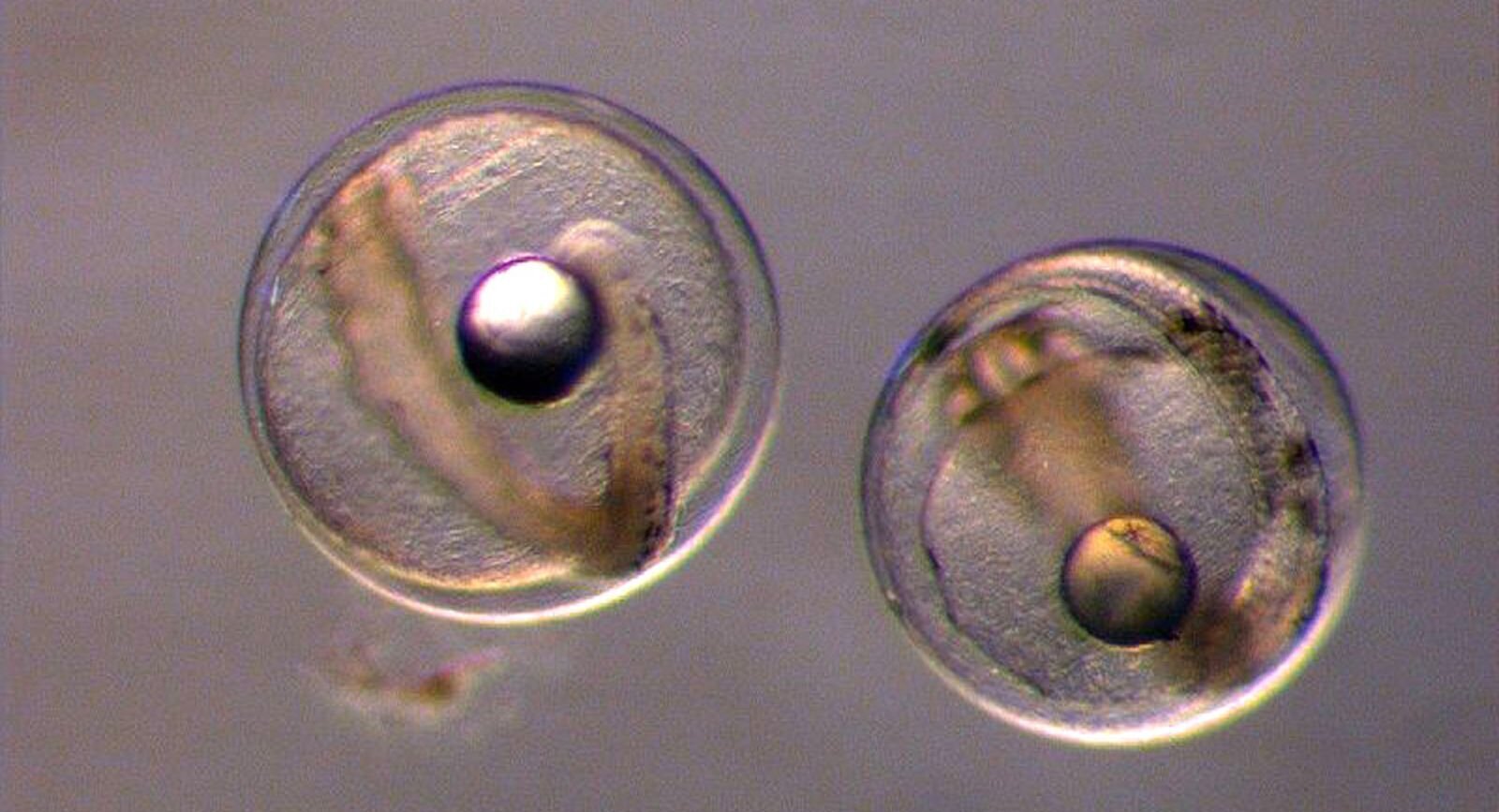
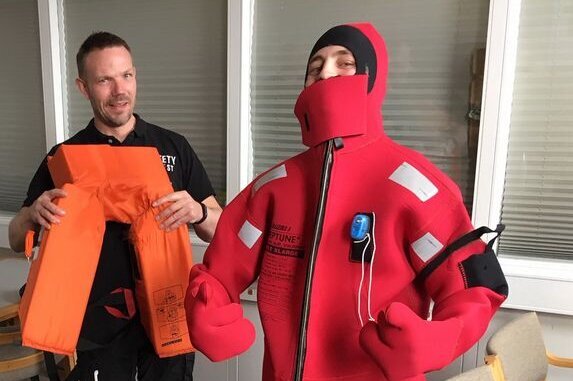
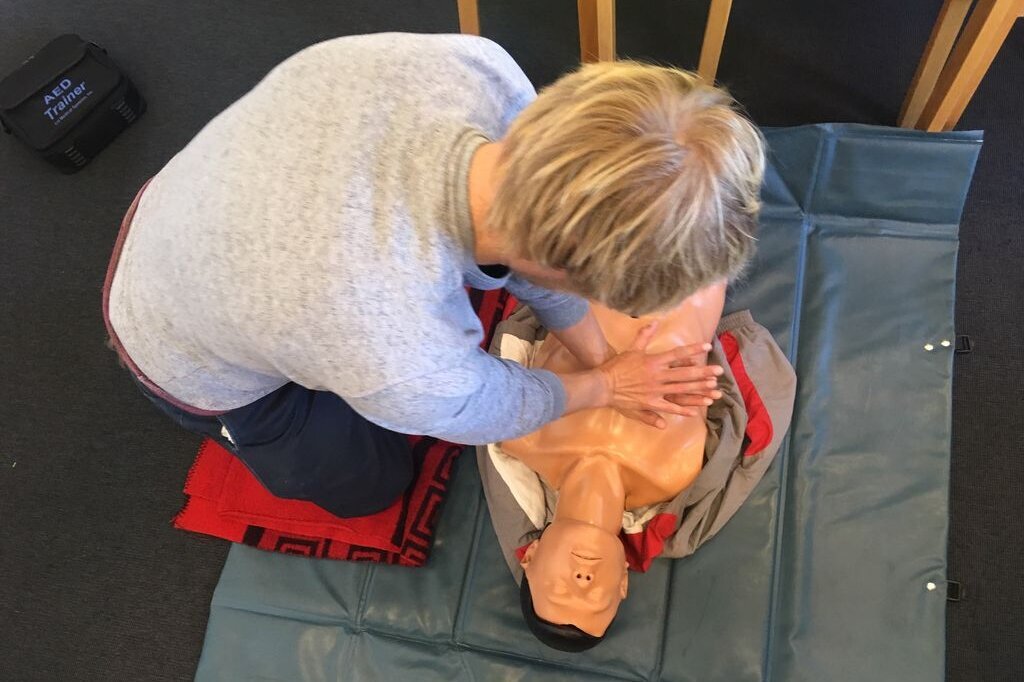
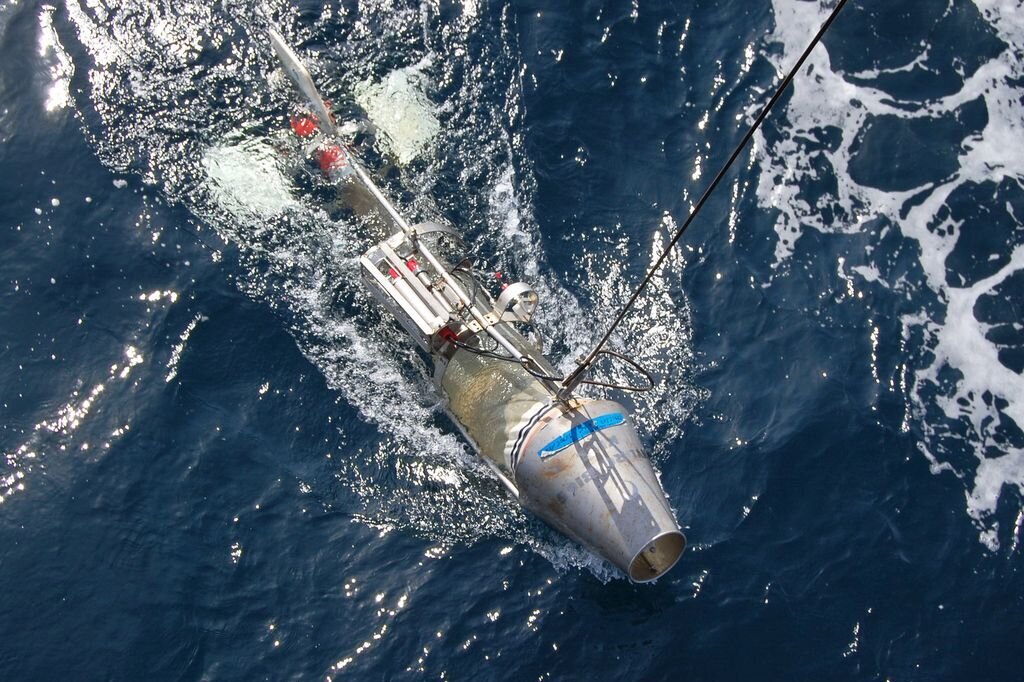
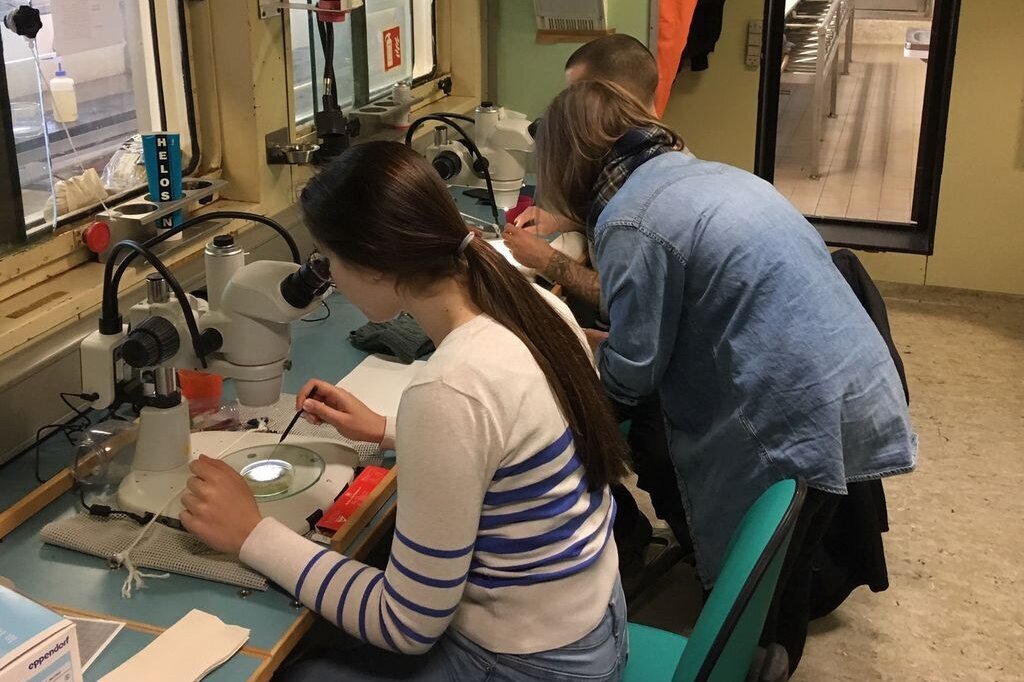
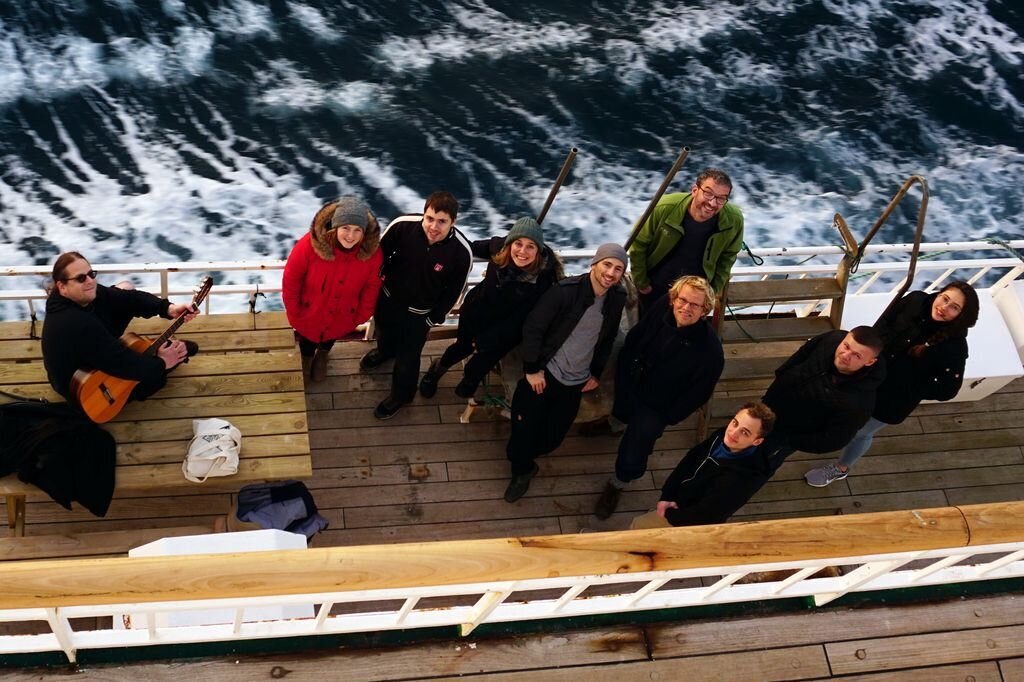
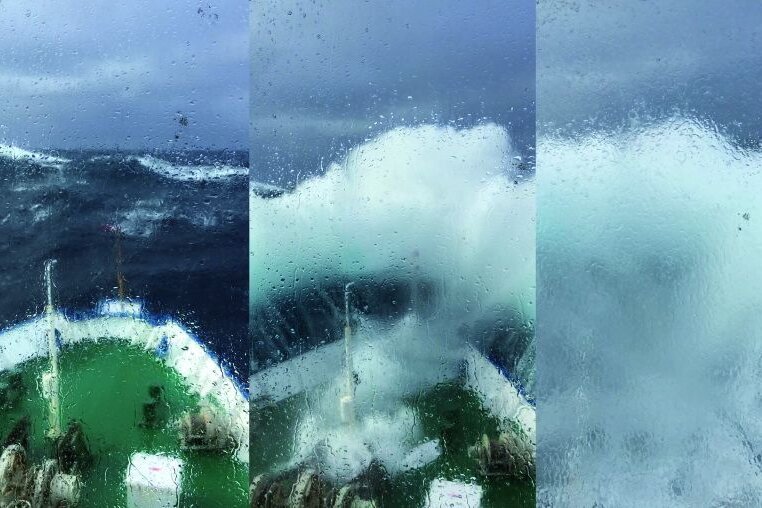
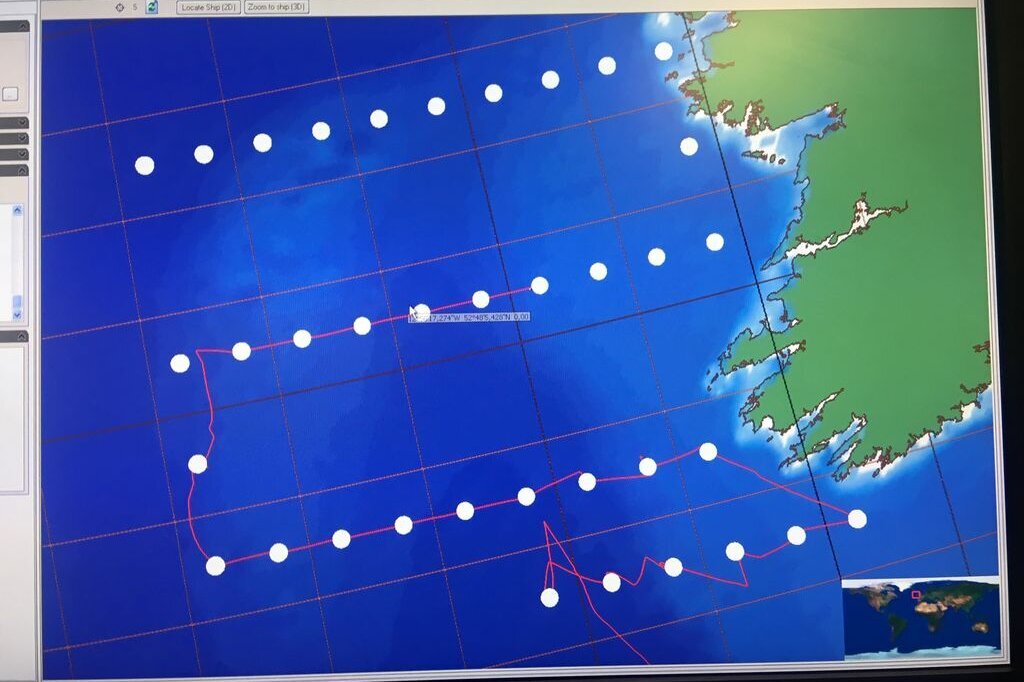
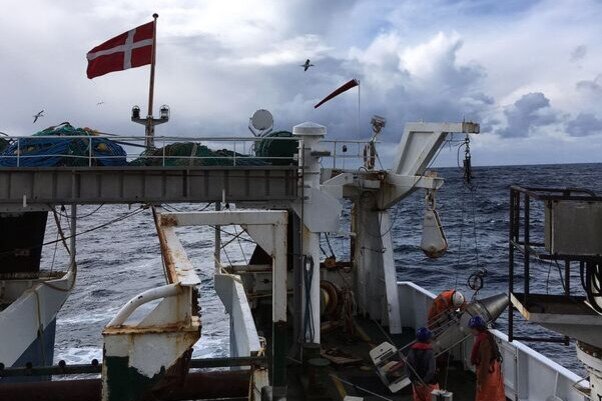
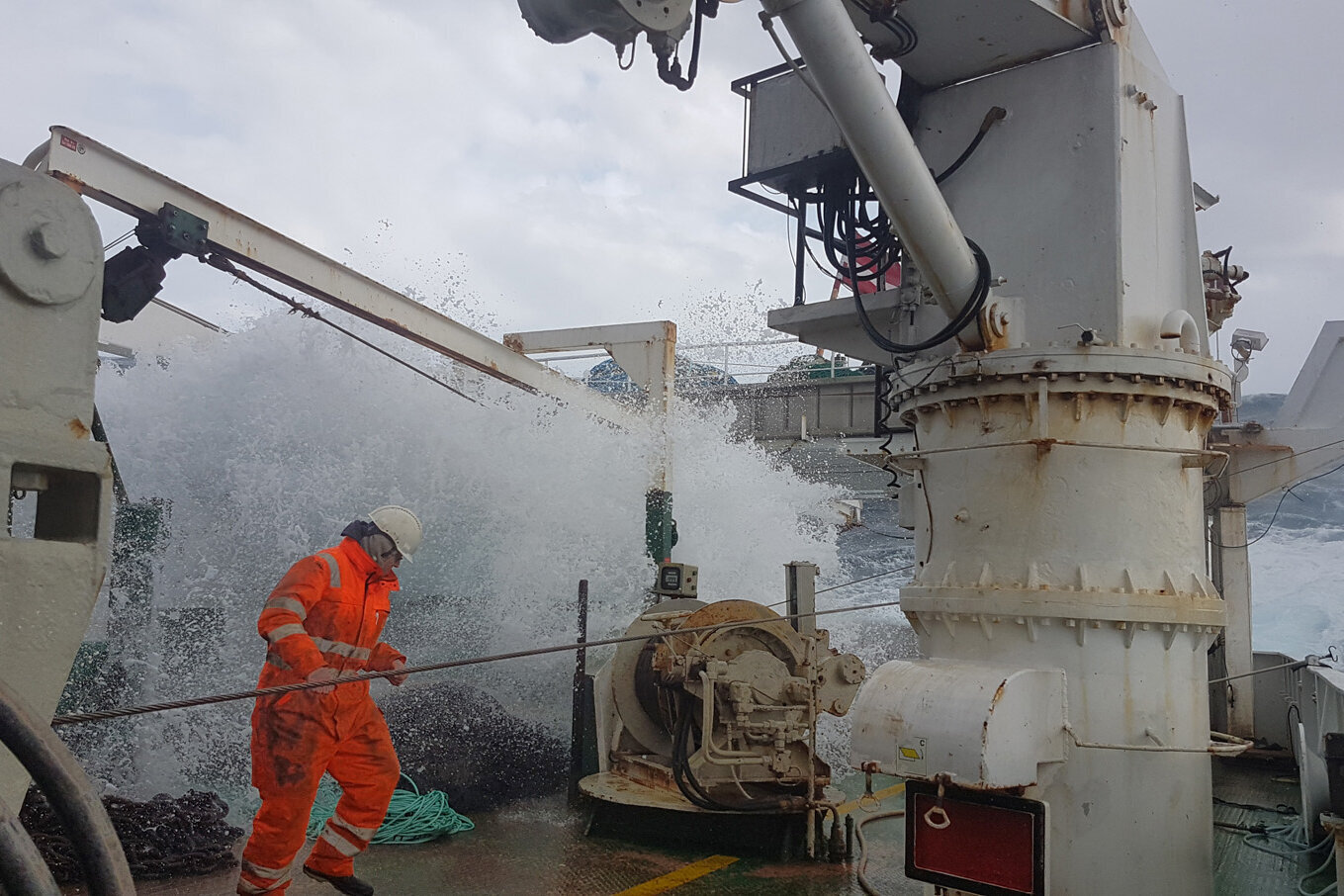
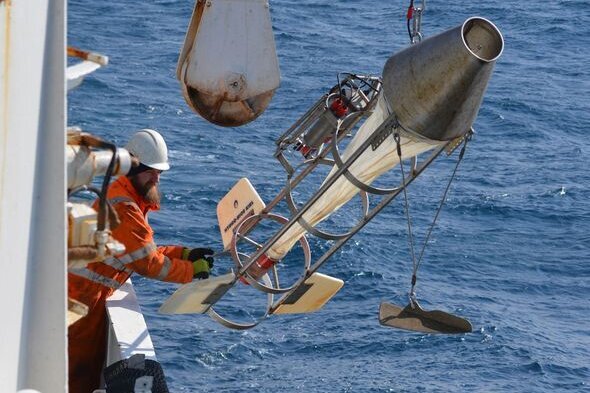
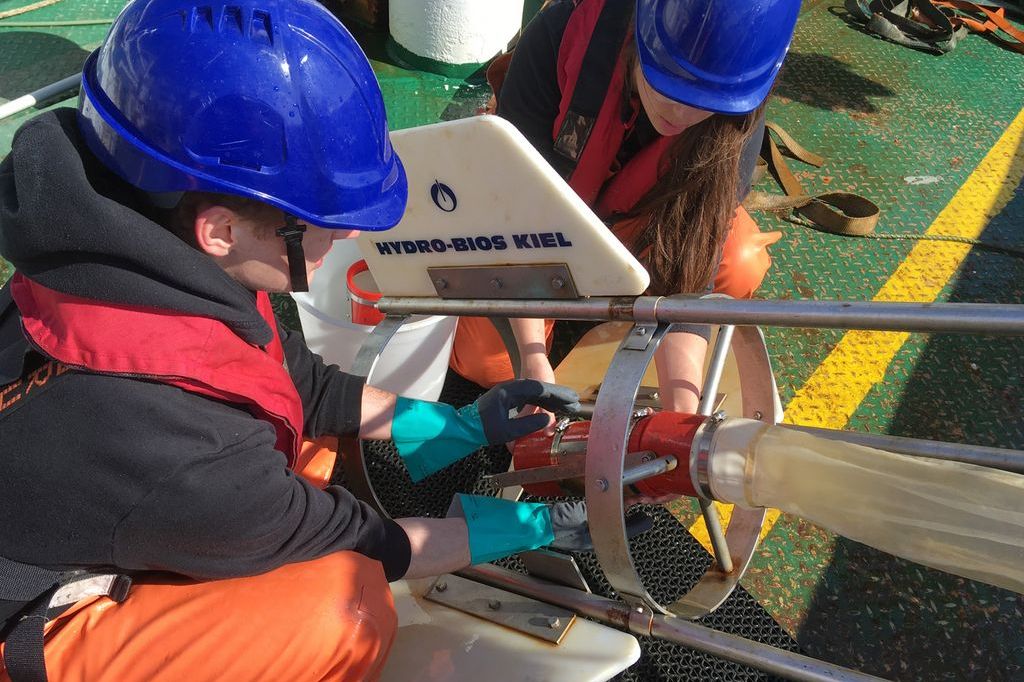
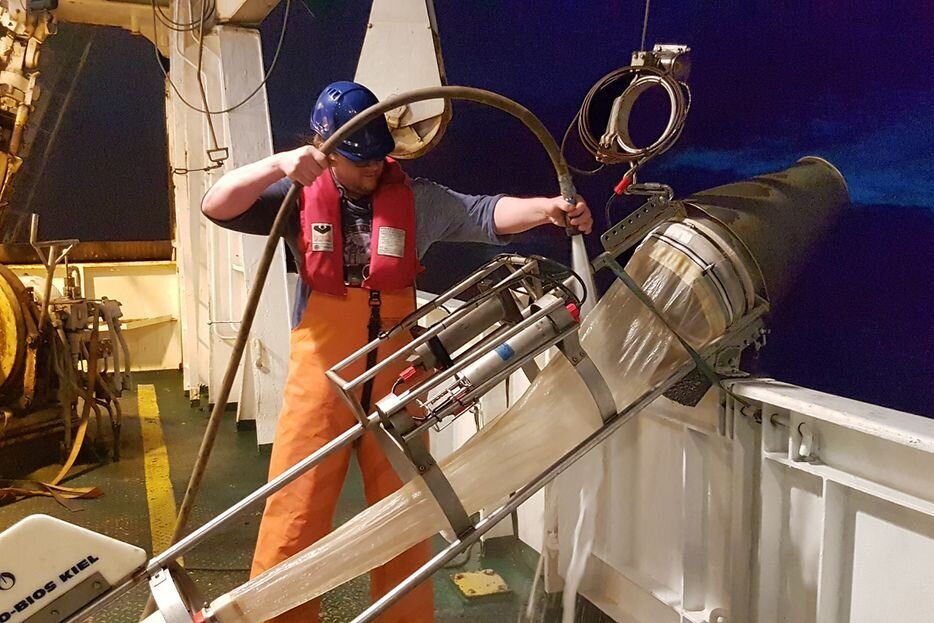
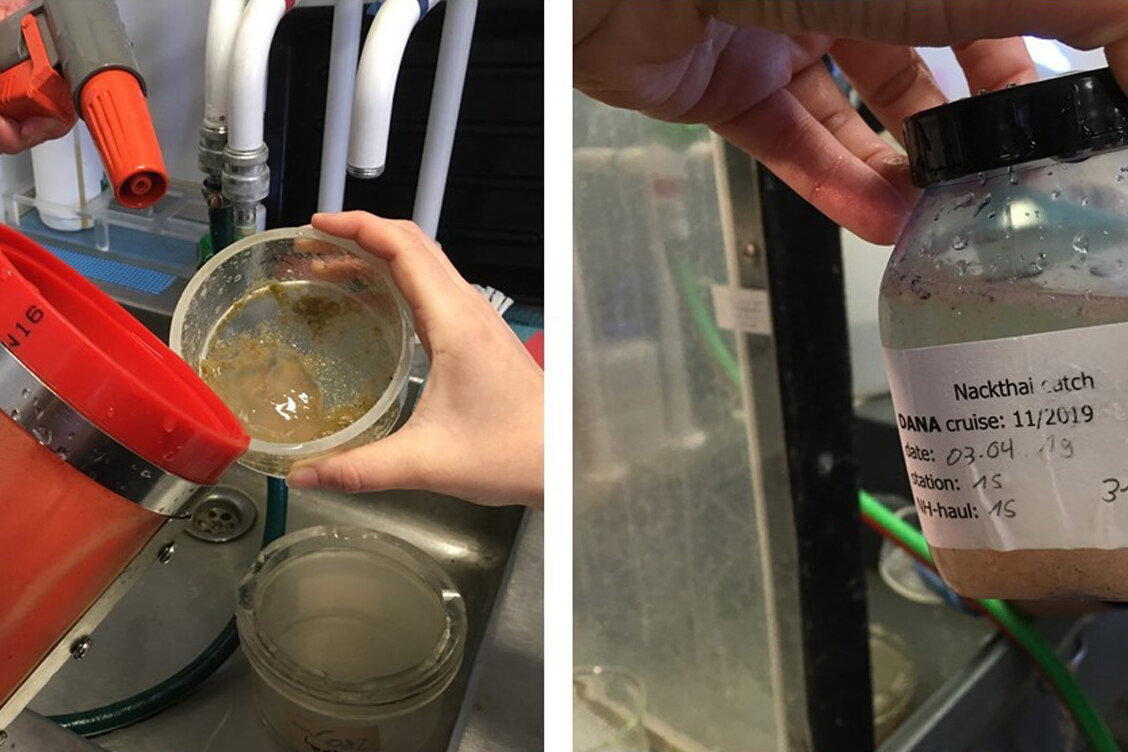
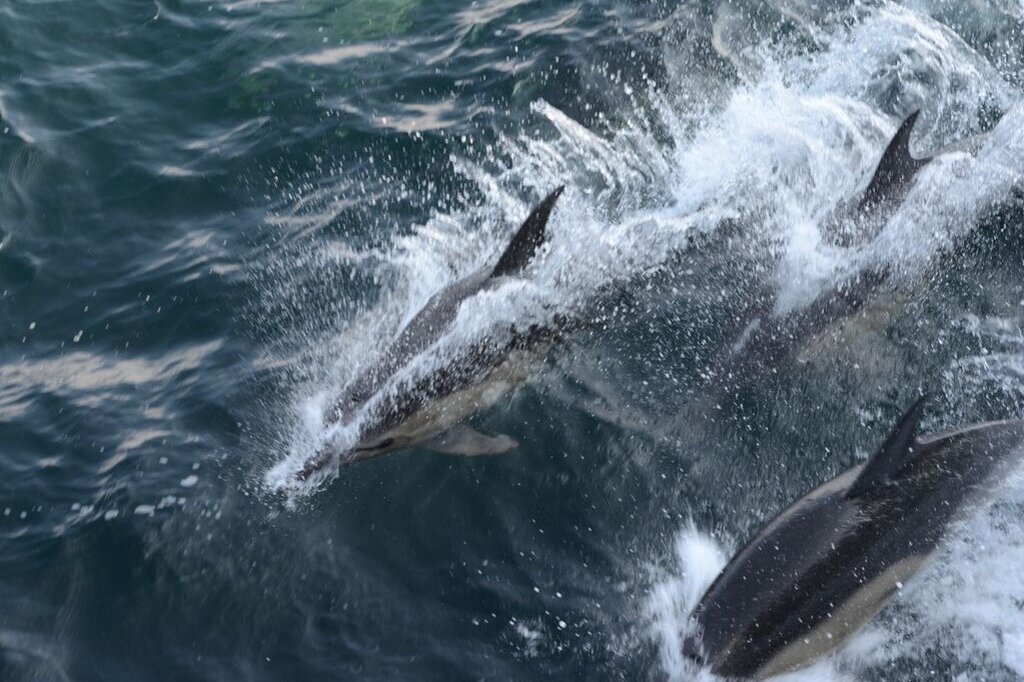
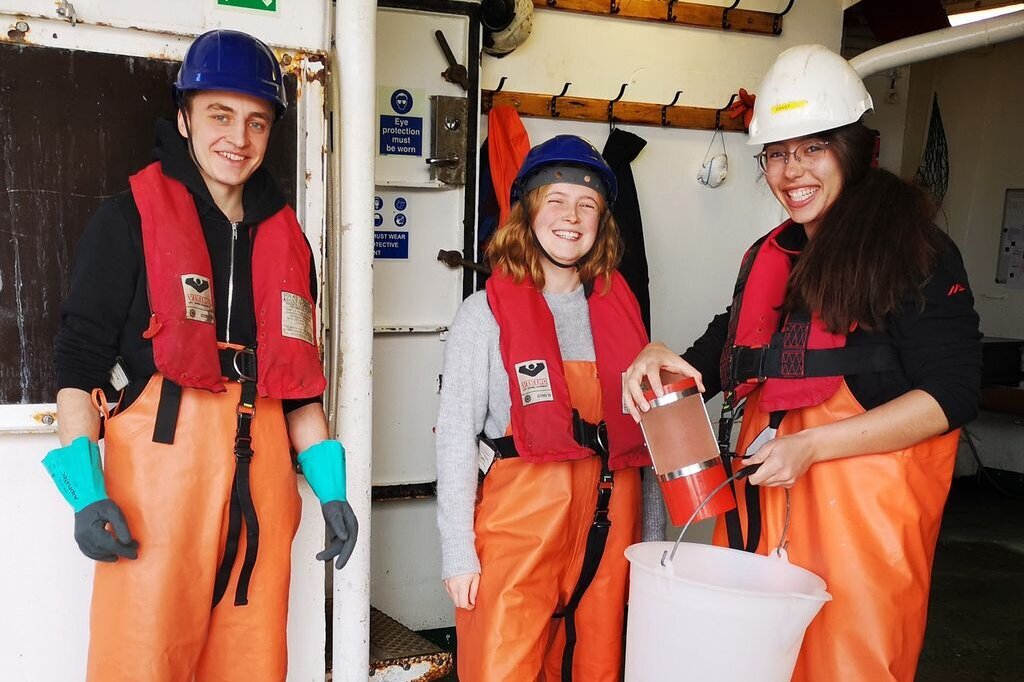
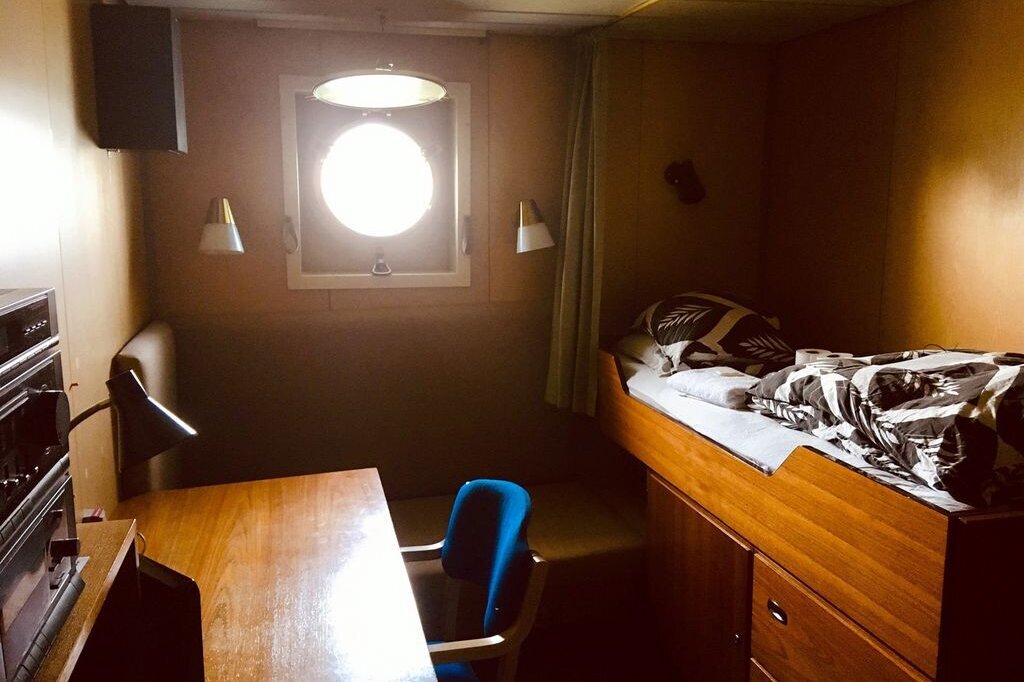
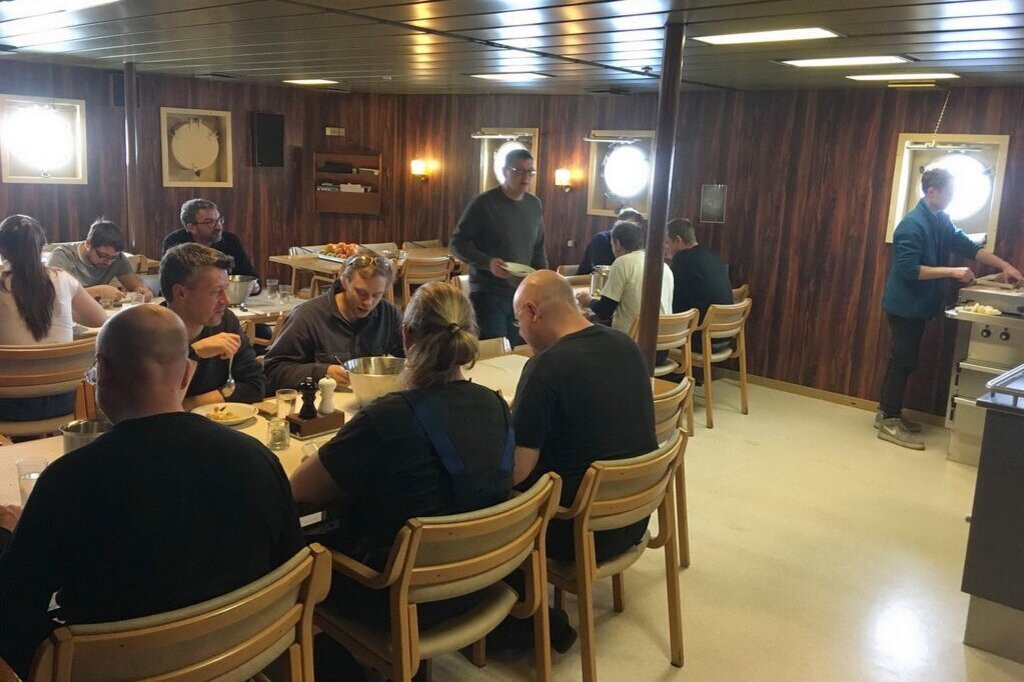
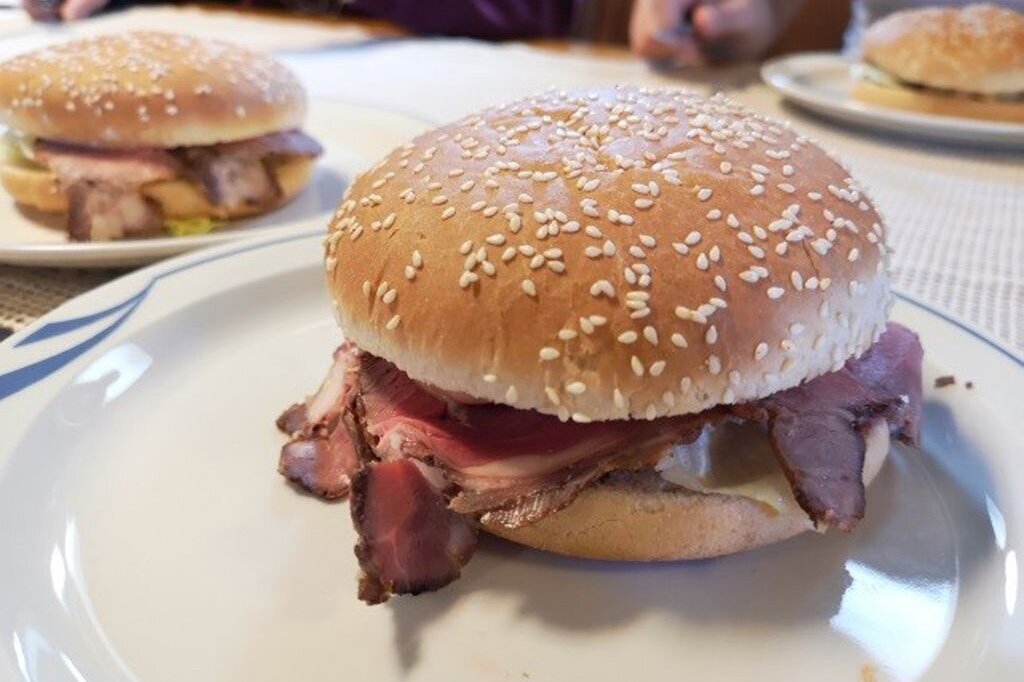
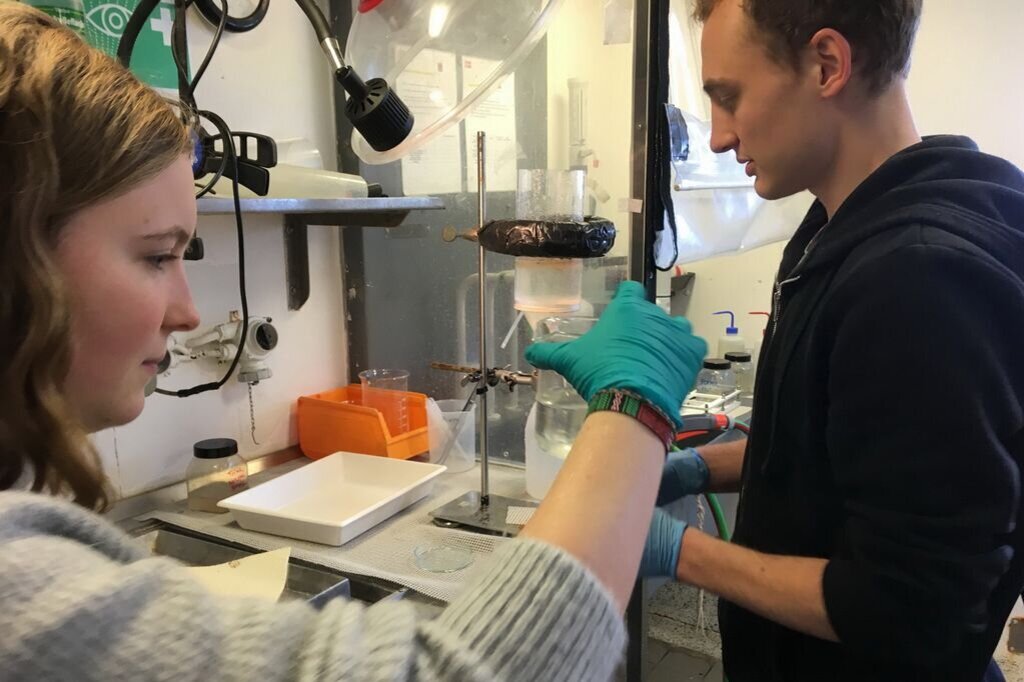
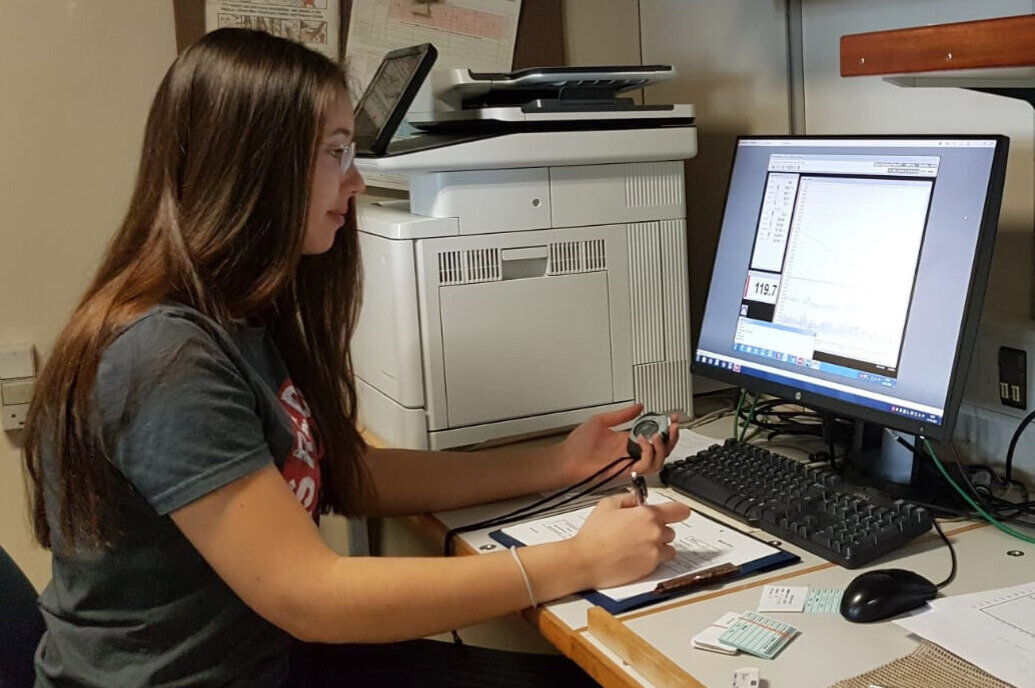
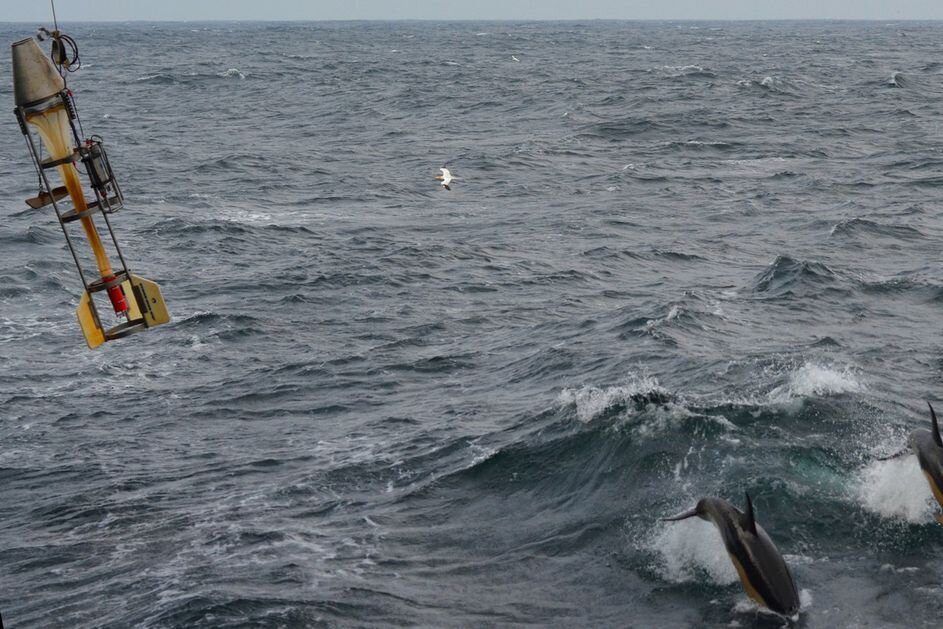
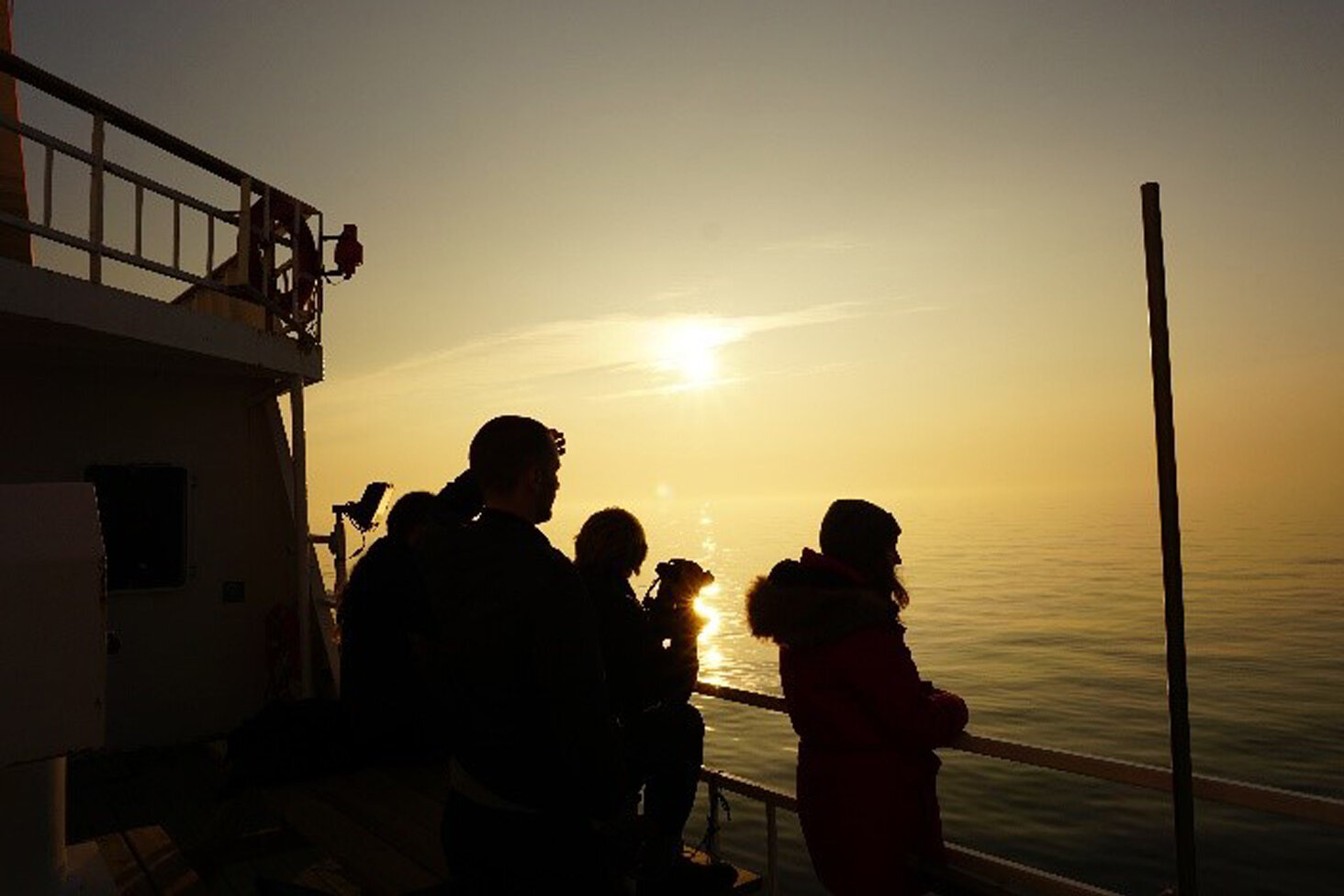
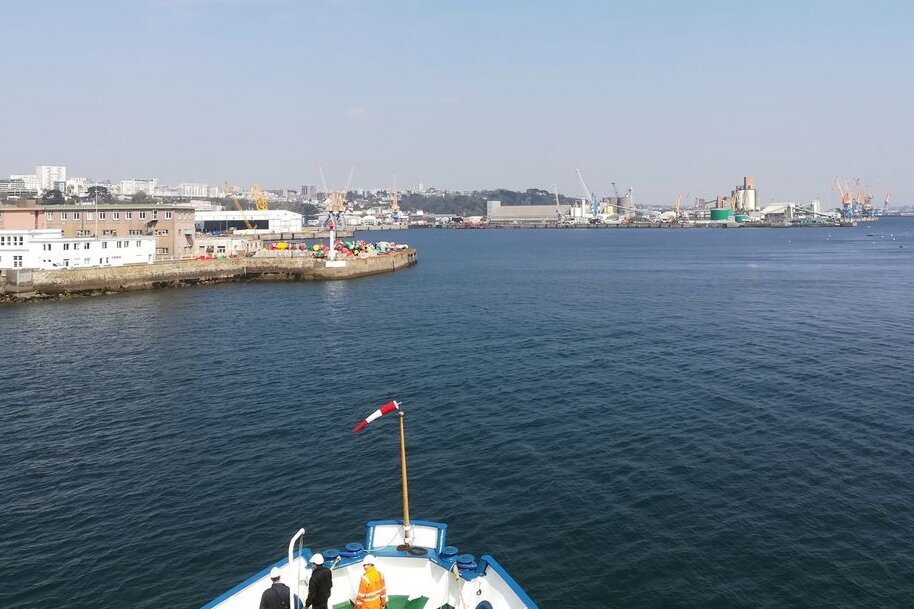
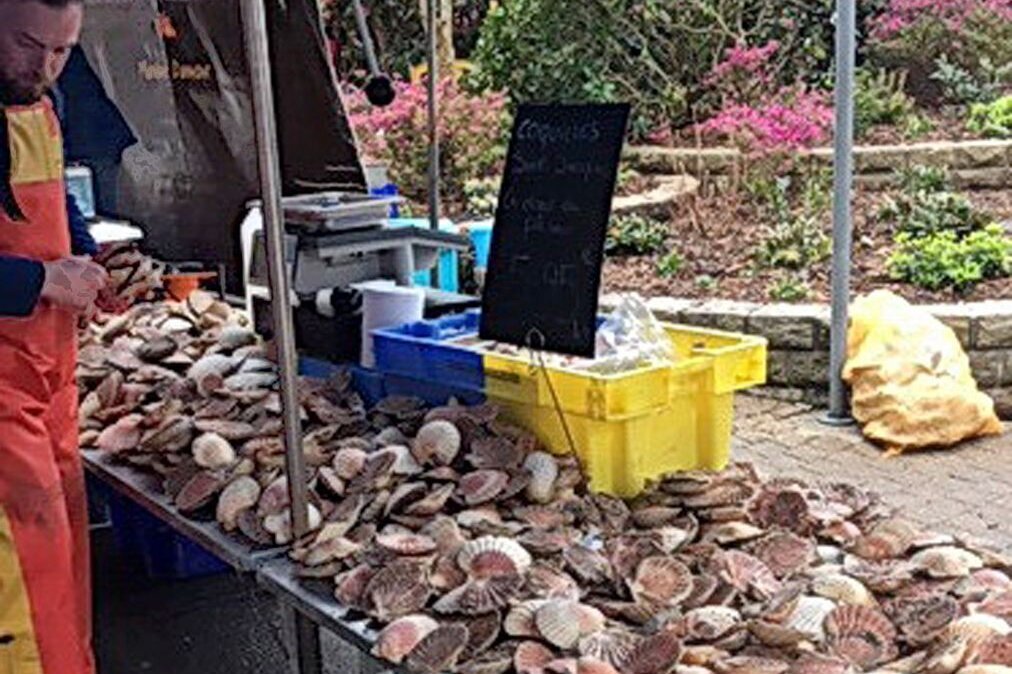
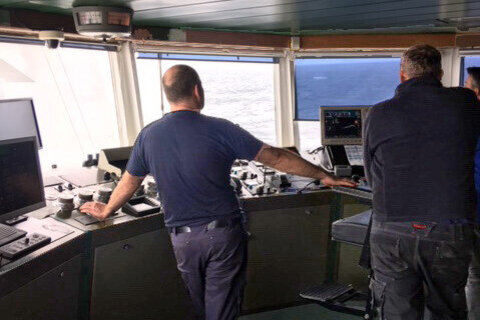
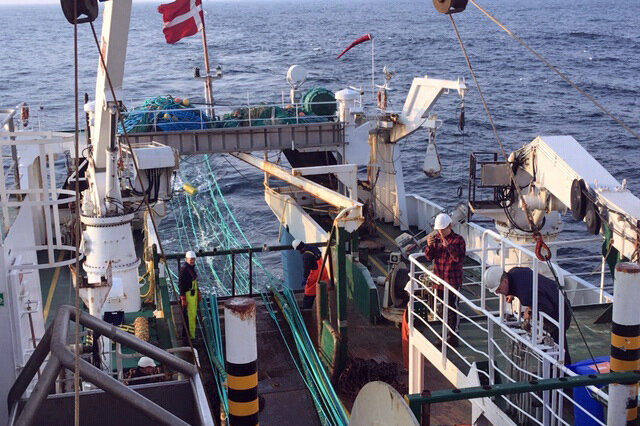
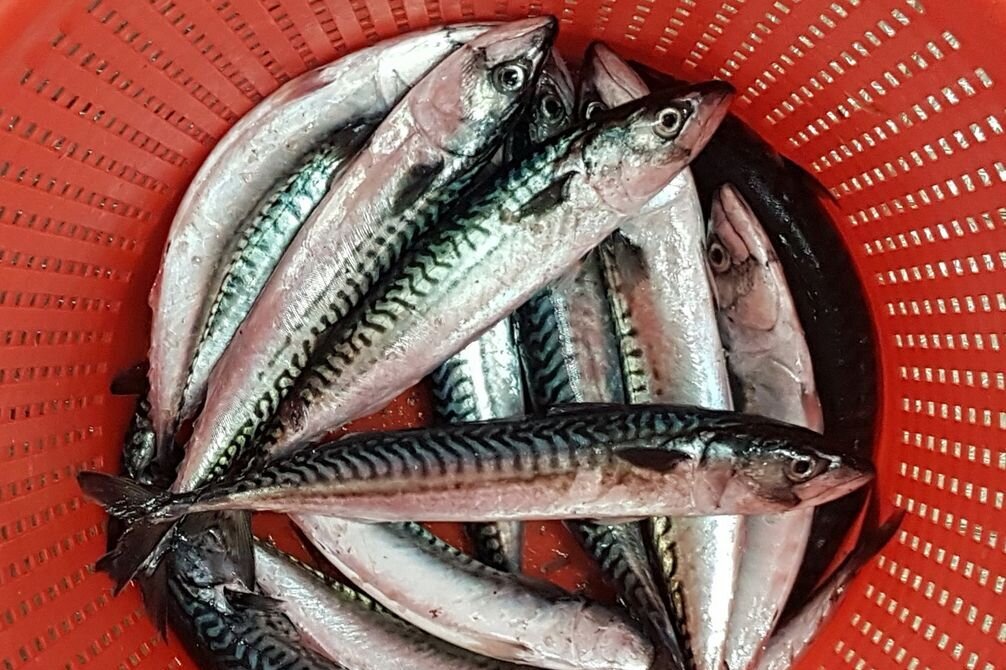
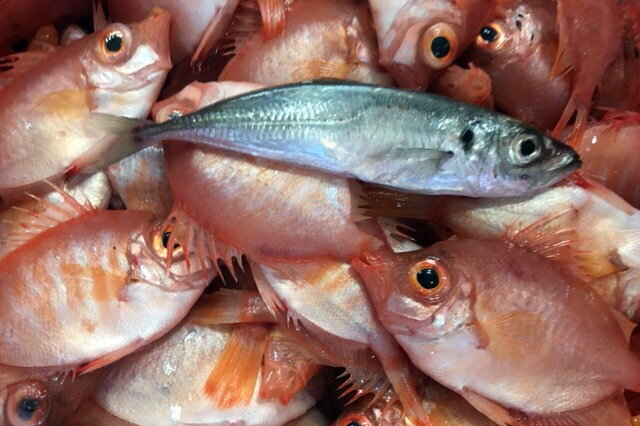
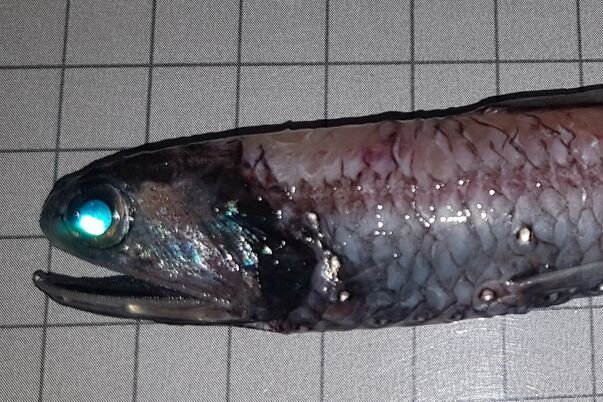
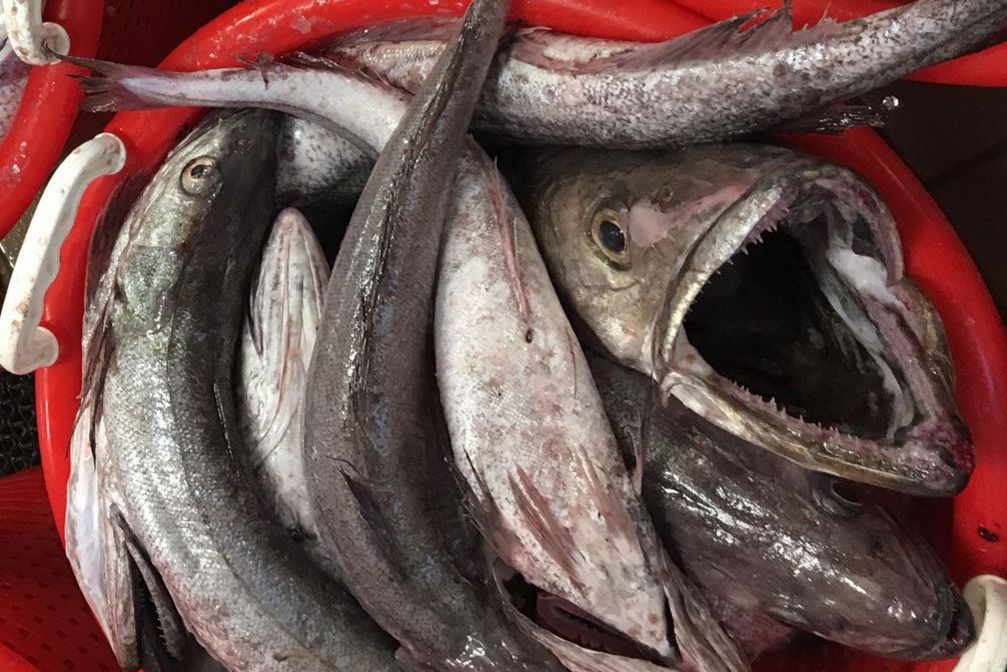
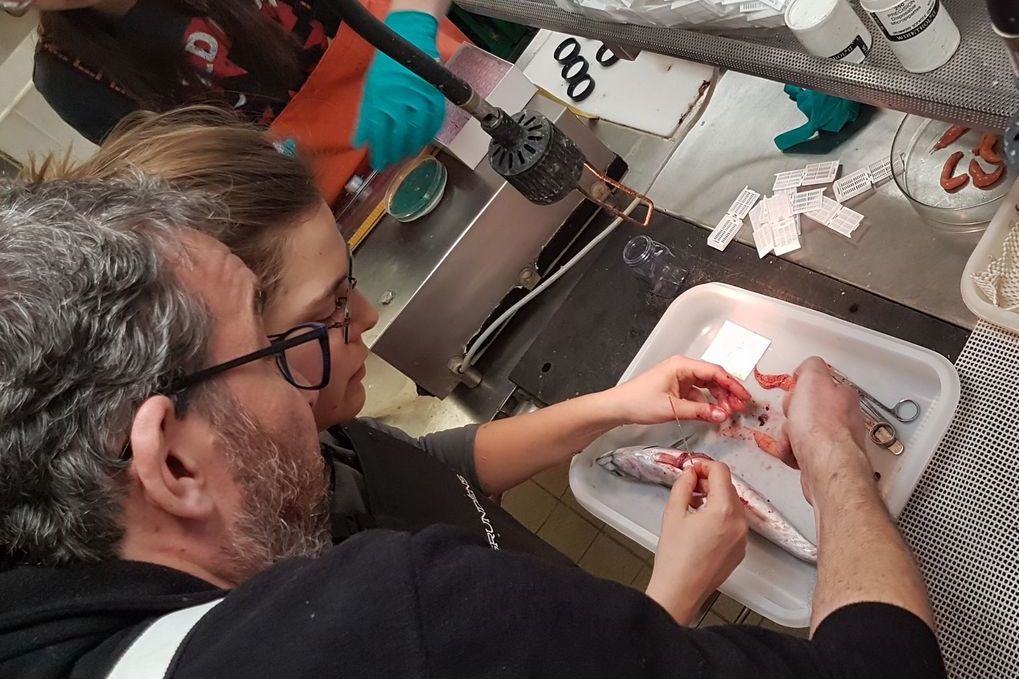
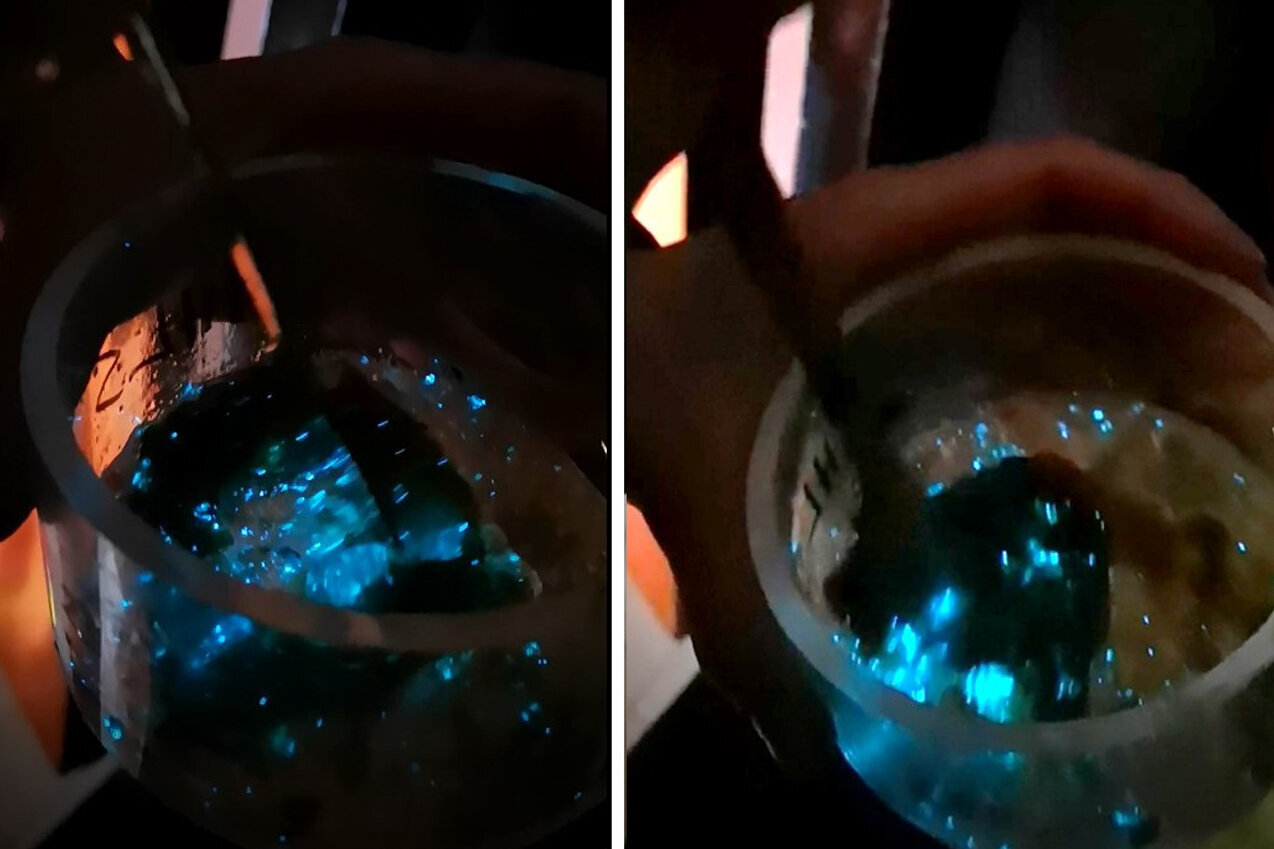
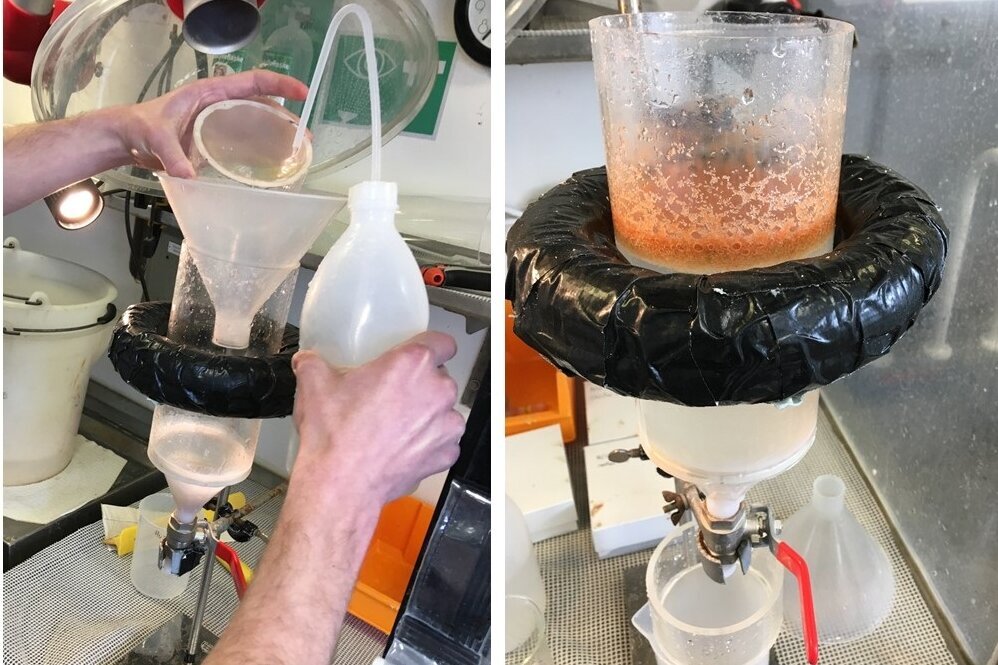
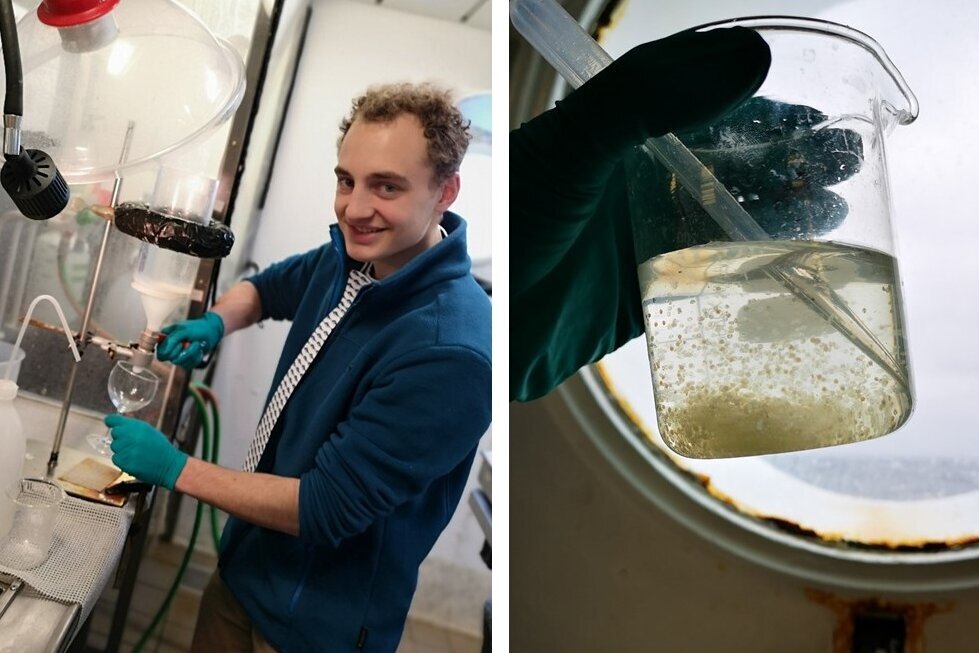
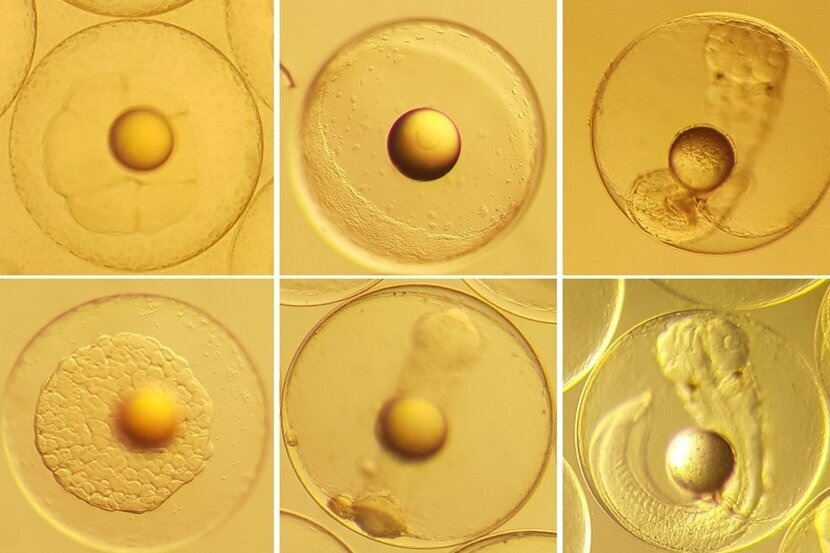
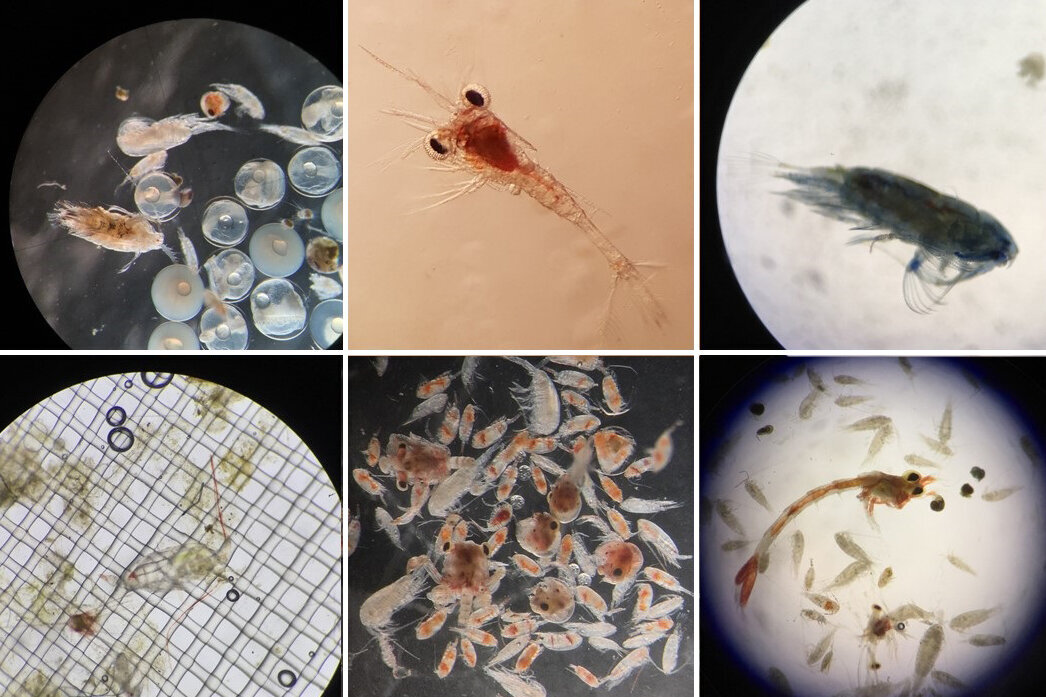
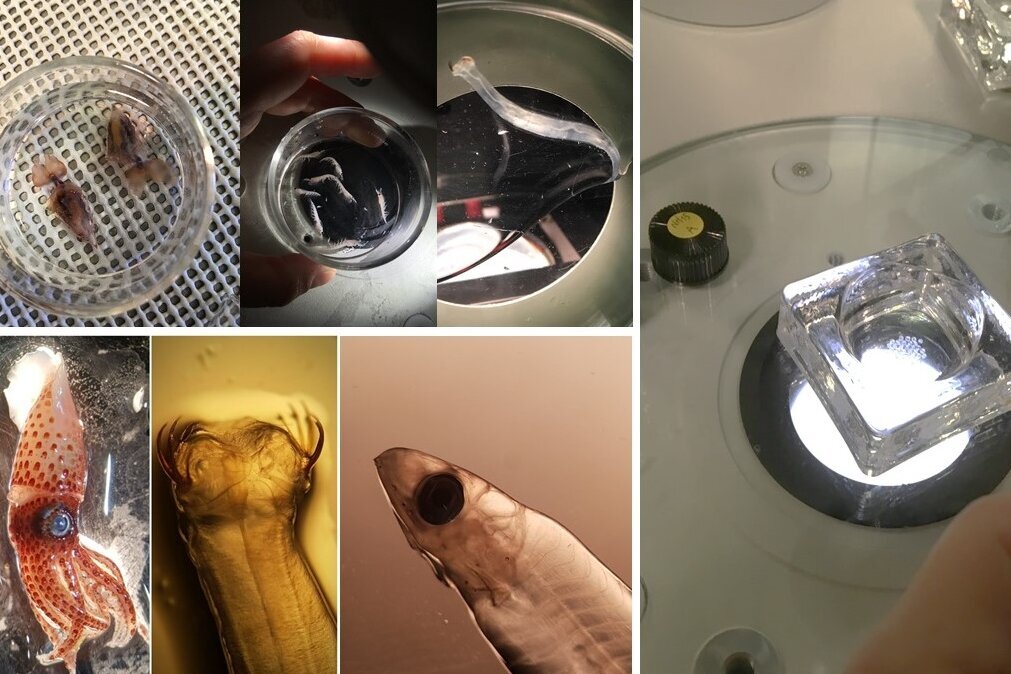
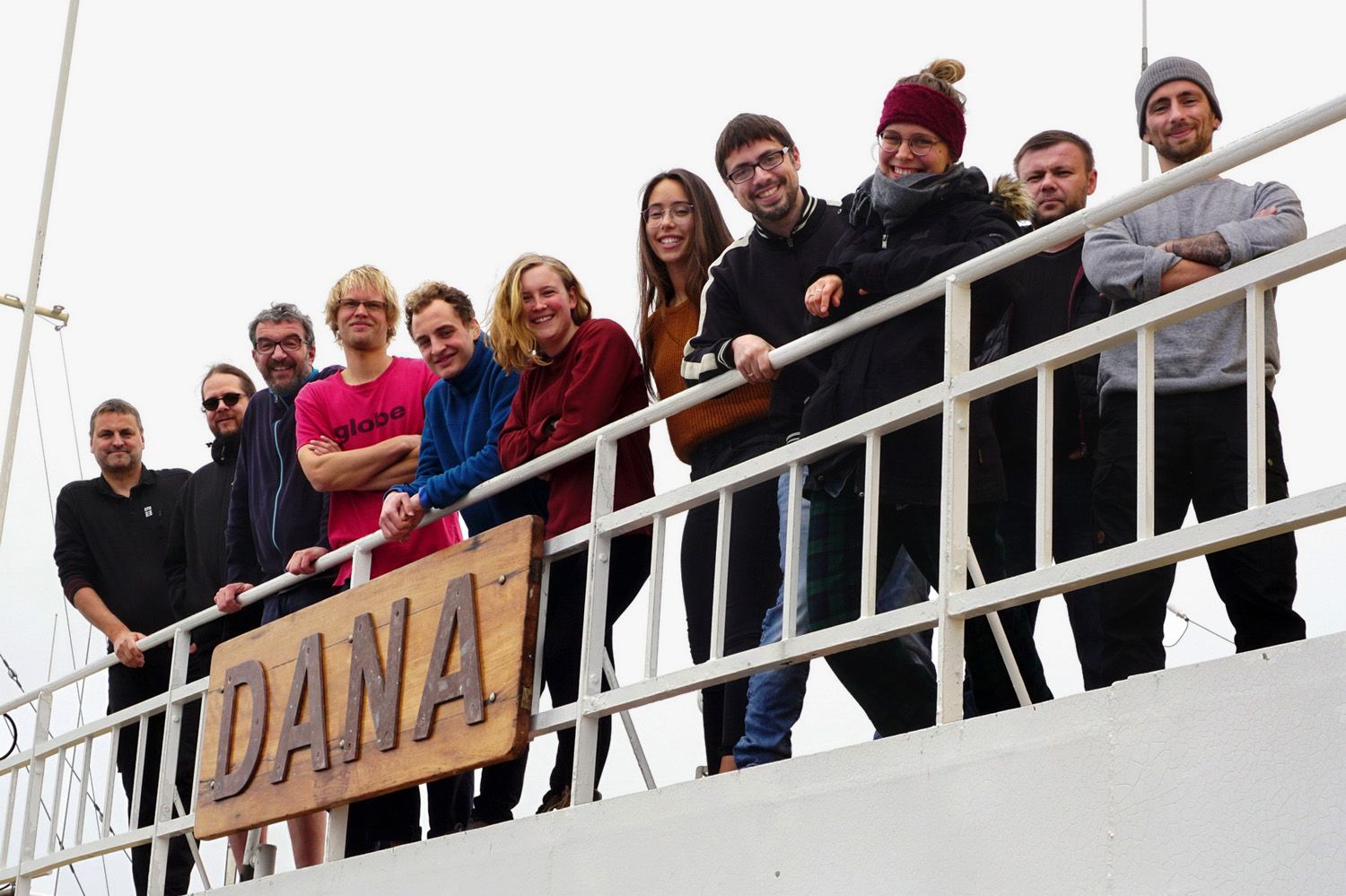
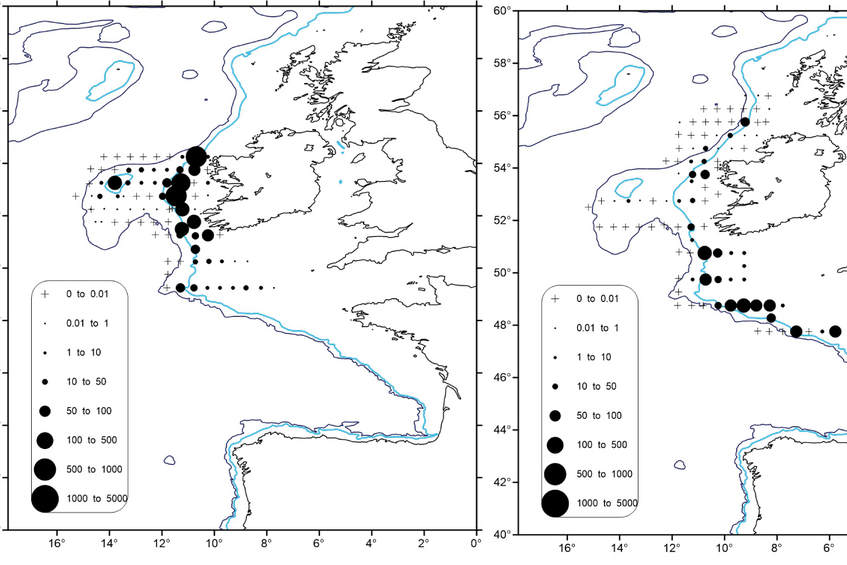
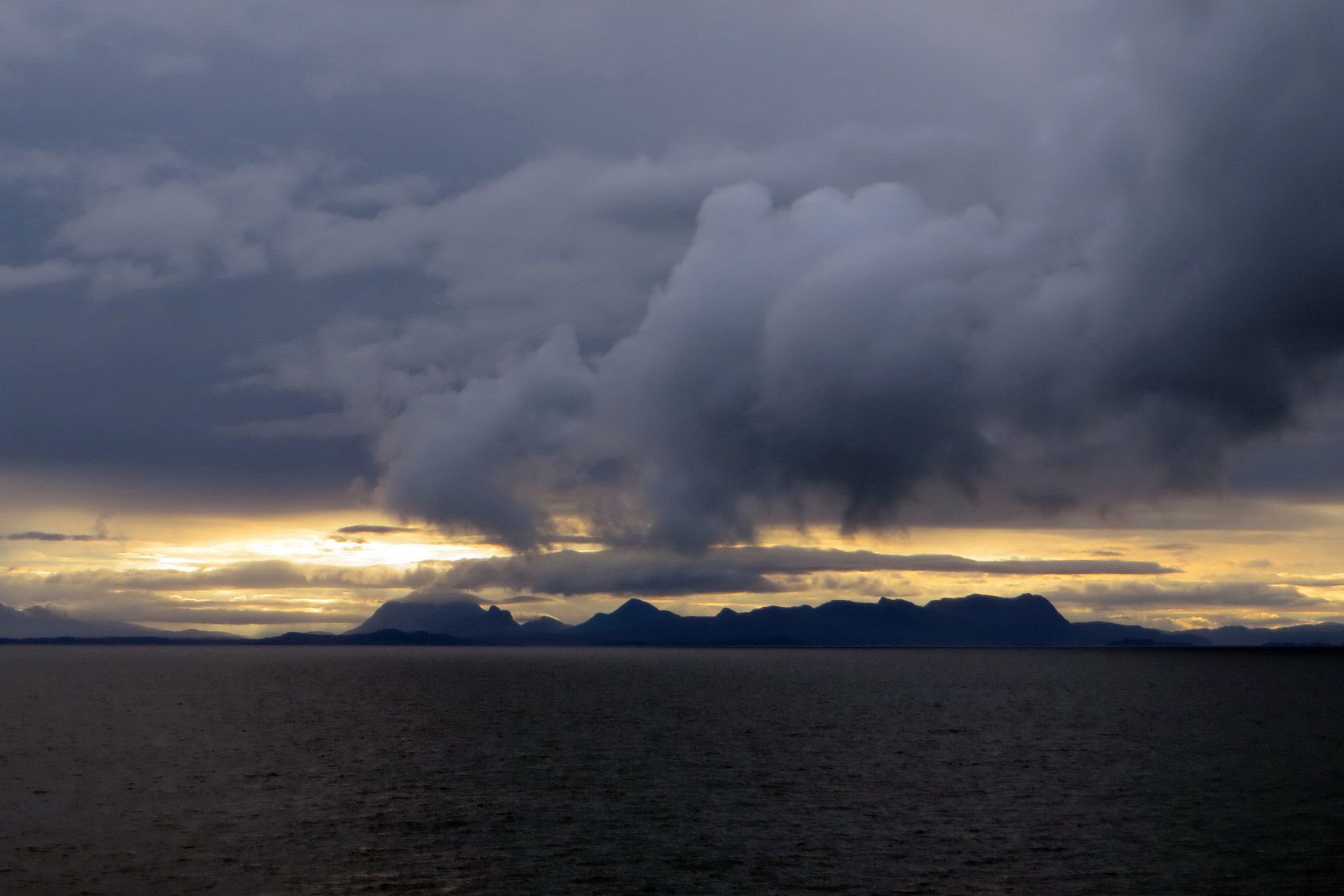
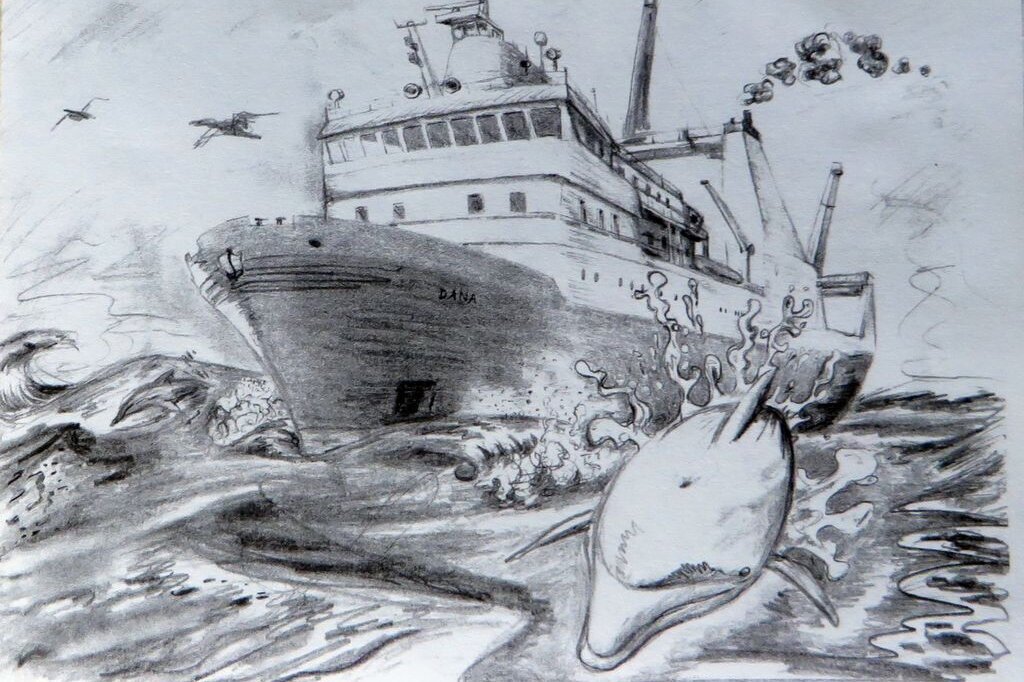
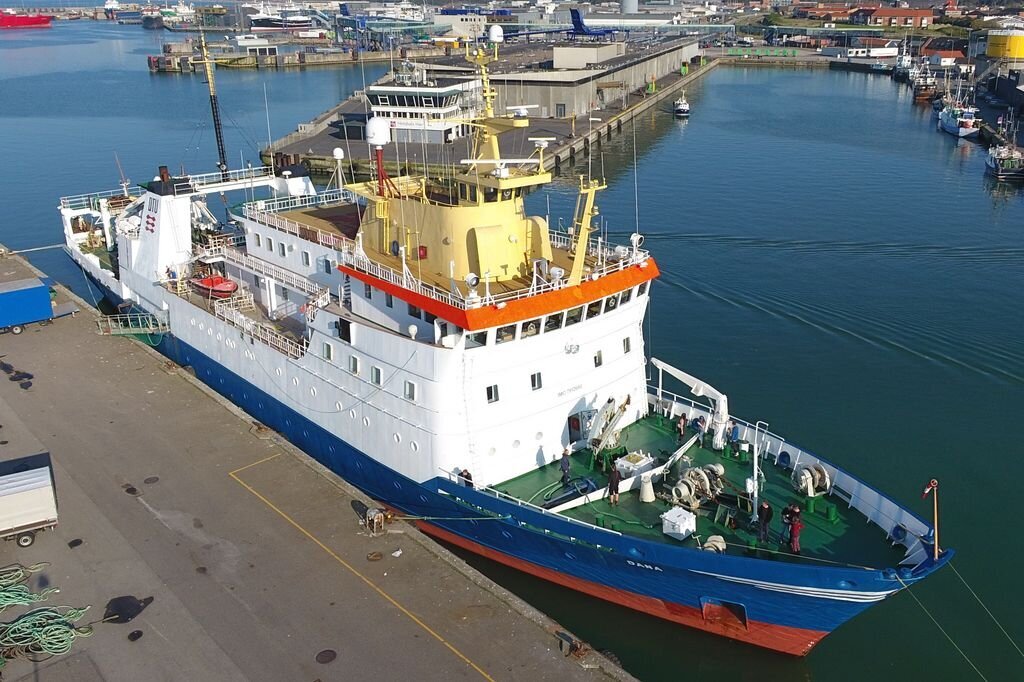
![[Translate to English:] Logo des Bundesministerium für Ernährung und Landwirtschaft](/media/allgemein/logos/BMEL_Logo.svg)